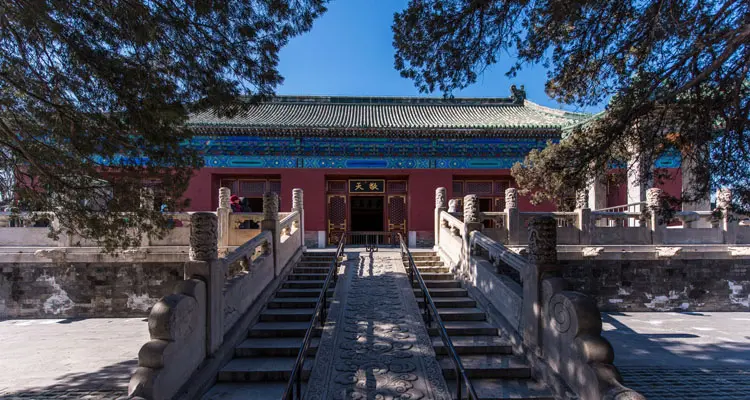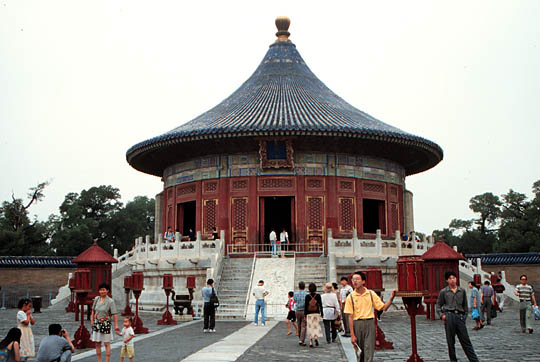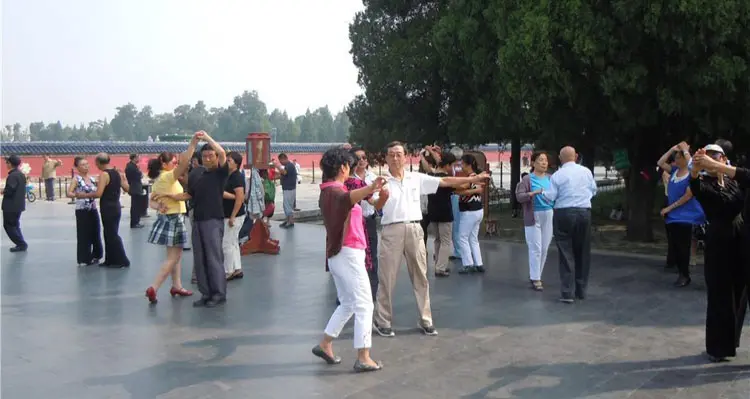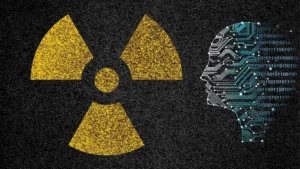Beijing’s Temple of Heaven

Beijing's Temple of Heaven
As the largest of Beijing’s imperial of religious building complexes, the Temple of Heaven is known for its rigorous symbolic layout, peculiar structure, and magnificent decoration.
It is the most representative example of Chinese ritual architecture.
Emperors of the Ming and Qing dynasties (from 1420 to 1900) worshiped the god of heaven and prayed for good harvests there.
The Temple of Heaven is located south of the Forbidden City. The total area of Temple of Heaven Park is about 2.73 km2 (1.05 sq mi). That’s a similar size to Central Park in New York or twice the size of Hyde Park.
The architecture and layout of the temple of Heaven is based on elaborate symbolism and numerology. In accordance with principles dating back to pre-Confucian times, the buildings in the Temple of Heaven are round, like the sky, while the foundations and axes of the complex are rectilinear, like the earth.
The symbolism of the temple was necessary since the complex served as the setting in which the Emperor, the Son of Heaven, directly beseeched Heaven to provide good harvests throughout the land.
This was important since agriculture was the foundation of China’s wealth in the imperial period. Since the ceremony at Tiantan was thought to directly affect the people’s livelihood, news of the ceremony each year was disseminated throughout China.
Three principle structures lie along the primary north-south axis of Tiantan. At the southern end sits the Altar of Heaven, an empty three-tiered plinth that rises from a square yard. Constructed in 1530 and rebuilt in 1740, it is built of white marble. The number of stones in the various tiers are all multiples of three–a prevailing numerological theme at Tiantan.
Although in imperial times the public was not allowed to enter the enormous park, now for a minimal fee everyone can enjoy it all day long.
Early morning is the best time to visit the Temple of Heaven. It is well worth waking up for: you will have an interesting experience watching local people doing morning exercises.
Next to an older person practicing the slow and flowing movements of tai chi, there might be a youngster performing vigorous kung fu punches and kicks. One group might be learning the ancient martial art of sword fighting, while another might be practicing a traditional dance.






